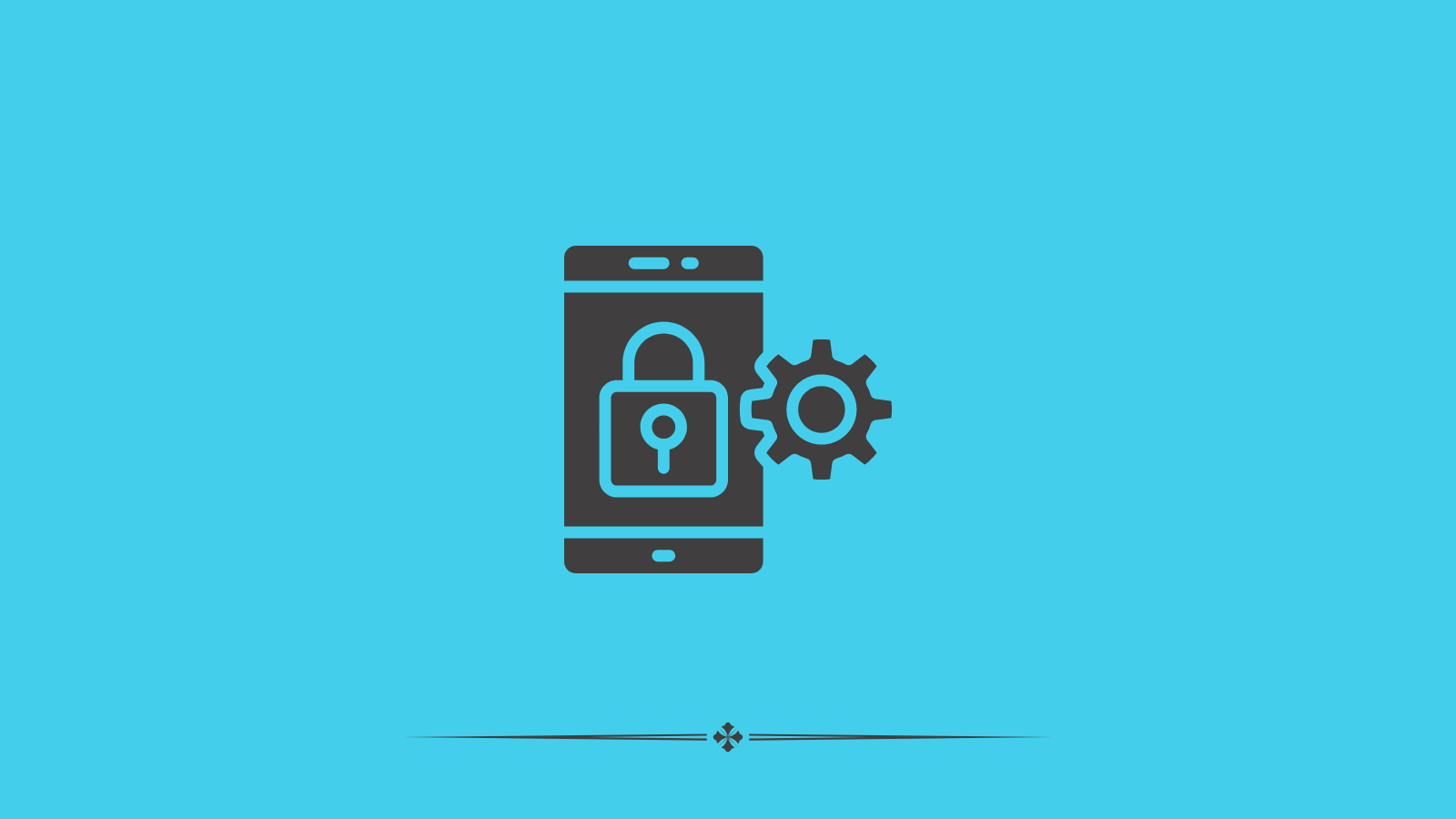Manufacturing Cybersecurity: Best Practices for Protecting Your Systems
In today’s interconnected world, manufacturing cybersecurity has become a critical concern for businesses across the globe. As manufacturing processes become increasingly digitized and automated, the risk of cyber attacks grows exponentially.
This article will explore the importance of cybersecurity for manufacturing and provide best practices to help protect your valuable systems and data.
Chapters
Understanding the Importance of Cybersecurity in Manufacturing

The manufacturing industry has undergone significant digital transformation in recent years, with the adoption of smart factories, Industrial Internet of Things (IIoT) devices, and interconnected supply chains.
While these advancements have brought numerous benefits, they have also introduced new vulnerabilities that cybercriminals can exploit.
Unique Challenges in Manufacturing Cybersecurity
Manufacturing cybersecurity faces several unique challenges compared to other industries:
- Legacy systems: Many manufacturing facilities rely on older equipment and software that may not have built-in security features.
- Diverse technologies: Manufacturing environments often include a mix of IT and operational technology (OT) systems, making security more complex.
- Continuous operations: The need for 24/7 production can make it difficult to implement security updates and patches without disrupting operations.
- Supply chain vulnerabilities: Interconnected supply chains can introduce additional security risks from third-party vendors and partners.
Given these challenges, it’s clear that a robust approach to cybersecurity and manufacturing is essential for protecting your business.
Best Practices for Manufacturing Cybersecurity
To help safeguard your manufacturing systems and data, consider implementing the following best practices:
1. Conduct Regular Risk Assessments
Regular risk assessments are fundamental to maintaining strong cybersecurity for manufacturing. These assessments help identify vulnerabilities in your systems and processes, allowing you to prioritize security efforts effectively.
Steps for conducting a risk assessment:
- Identify and inventory all assets, including hardware, software, and data.
- Evaluate potential threats and vulnerabilities for each asset.
- Assess the potential impact of a successful attack on each asset.
- Prioritize risks based on likelihood and potential impact.
- Develop and implement mitigation strategies for high-priority risks.
2. Implement Network Segmentation
Network segmentation is a critical strategy in manufacturing cybersecurity. By dividing your network into smaller, isolated segments, you can limit the spread of potential attacks and protect critical systems from unauthorized access.
Key considerations for network segmentation:
- Separate IT and OT networks
- Create distinct zones for different manufacturing processes
- Use firewalls and access controls between network segments
- Regularly review and update segmentation policies
3. Secure Industrial Control Systems (ICS)
Industrial Control Systems (ICS) are the backbone of many manufacturing operations. Securing these systems is crucial for maintaining the integrity and safety of your production processes.
Best practices for ICS security:
- Implement strong access controls and authentication mechanisms
- Regularly update and patch ICS software and firmware
- Use secure protocols for communication between ICS components
- Monitor ICS networks for unusual activity or potential threats
4. Manage and Secure IoT Devices

The proliferation of IoT devices in manufacturing environments has introduced new security challenges. Proper device management and security are essential for maintaining overall cybersecurity in manufacturing.
Steps for securing IoT devices:
- Maintain an inventory of all IoT devices on your network
- Change default passwords and implement strong authentication
- Regularly update device firmware and software
- Disable unnecessary features and services
- Monitor IoT devices for unusual behavior or potential compromises
5. Implement Strong Access Controls
Controlling access to your manufacturing systems and data is a fundamental aspect of cybersecurity for manufacturing.
Implementing strong access controls helps prevent unauthorized access and limits the potential damage from insider threats.
Key elements of strong access control:
- Use the principle of least privilege (PoLP) to limit user access
- Implement multi-factor authentication (MFA) for critical systems
- Regularly review and update user access rights
- Implement strong password policies
- Use role-based access control (RBAC) to manage permissions
6. Develop and Test Incident Response Plans
Despite your best efforts, security incidents may still occur. Having a well-developed and tested incident response plan is crucial for minimizing the impact of potential breaches.
Components of an effective incident response plan:
- Clearly defined roles and responsibilities
- Step-by-step procedures for identifying and containing incidents
- Communication protocols for internal and external stakeholders
- Procedures for preserving evidence and conducting post-incident analysis
- Regular testing and updating of the plan through tabletop exercises and simulations
7. Provide Cybersecurity Training for Employees
Employees play a critical role in maintaining cybersecurity and manufacturing. Regular training can raise awareness of potential threats and teach best practices for protecting sensitive information.
Topics to cover in cybersecurity training:
- Recognizing and reporting phishing attempts
- Safe browsing and email practices
- Proper handling of sensitive data
- Password security and multi-factor authentication
- Social engineering awareness
8. Secure the Supply Chain
In today’s interconnected manufacturing environments, securing your supply chain is crucial for overall cybersecurity. Vulnerabilities in your suppliers’ systems can compromise your own security.
Steps for securing the supply chain:
- Conduct security assessments of key suppliers and partners
- Establish clear security requirements for vendors
- Implement secure communication channels with suppliers
- Regularly audit and review supplier security practices
- Develop contingency plans for potential supply chain disruptions
9. Implement Robust Backup and Recovery Processes
Robust backup and recovery processes can help minimize downtime and data loss in the event of a successful cyber attack.
Best practices for backup and recovery:
- Regularly back up critical data and systems
- Store backups in secure, off-site locations
- Test backup and recovery procedures regularly
- Implement redundancy for critical systems
- Develop and maintain a business continuity plan
10. Stay Informed About Emerging Threats
The cybersecurity landscape is constantly evolving, with new threats emerging regularly. Staying informed about the latest trends and vulnerabilities is crucial for maintaining strong cybersecurity in manufacturing.
Ways to stay informed:
- Subscribe to cybersecurity newsletters and threat intelligence feeds
- Participate in industry forums and conferences
- Engage with cybersecurity professionals and organizations
- Regularly review and update your security policies and procedures
The Future of Manufacturing Cybersecurity
As technology advances, the field of manufacturing cybersecurity will need to evolve to address new challenges and threats. Some emerging trends to watch include:
- Artificial Intelligence (AI) and Machine Learning (ML) in threat detection and response
- Increased adoption of zero-trust security models
- Greater focus on OT security and IT/OT convergence
- Enhanced security measures for cloud-based manufacturing systems
- Adoption of blockchain technology for secure supply chain management
By staying ahead of these trends and continuously improving your cybersecurity practices, you can help ensure your manufacturing operations’ long-term security and success.
Conclusion
Manufacturing cybersecurity is a complex and ever-evolving field that requires ongoing attention and investment.
By implementing the best practices outlined in this article, you can significantly improve your organization’s ability to protect against cyber threats and maintain the integrity of your manufacturing systems.
Remember that cybersecurity is not a one-time effort but an ongoing process. Regularly reviewing and updating your security measures, training your employees, and staying informed about emerging threats are all crucial components of a successful manufacturing cybersecurity strategy.
Create more and better content
Check out the following resources and Grow!